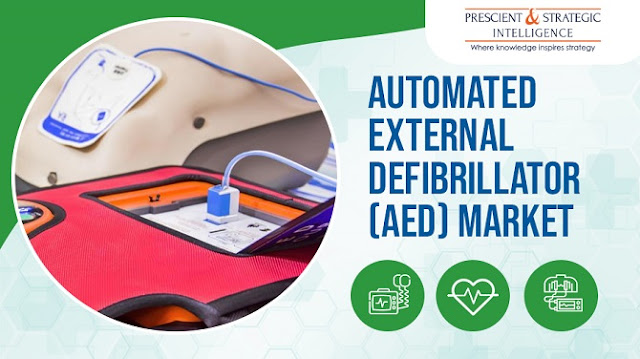According to a market research institution, P&S Intelligence, the brain modalities and software market will reach USD 23,195.6 million by 2030, propelling at a rate of 5.2% over this decade.
The growth of the industry is attributed to the growing focus of patients on early and effective disease diagnosis, the increasing incidence of neurological disorders, and the rising demand for safer and non-invasive medical imaging.
Based on patient type, the pediatrics & infants category will advance at a rate of 6% over this decade. This will be due to the rising incidence of genetic diseases and acquired syndromes in children, including childhood epilepsy, infantile Alexander disease, pneumonia, TB, and meningitis.
The adoption of CT, MRI, PET, PET–MRI, and PET–CT systems for detecting infections, edema, lesions, and tumors has gained popularity. Therefore, the brain modalities category held the major brain modalities and software market share, of approximately 90%, in recent years.
Additionally, the brain analysis software industry will advance with a higher CAGR in the years to come. This is because all modern radiography, magnetic, and nuclear imaging systems come with integrated software, which not only controls their operations but also synchronizes them with a computer.
Based on end user, the diagnostic imaging centers category will witness the fastest growth, of approximately 7%, over this decade. This is attributed to the affordable brain imaging and monitoring services offered by diagnostic imaging centers as compared to clinics or hospitals.
The increasing number of people affected by non-communicable neurological disorders has increased the overall treatment costs. Hence, governments will face an increasing demand for neurological disorder treatment, diagnosis, support, and rehabilitation services. Since MRIs and CTs are widely performed for neurological imaging, the demand for the associated systems and software will continue to grow.
North America leads the brain modalities and software industry with its strong base of CT, PET, and MRI scanner manufacturers. The increasing integration of advanced technology in the field of medical imaging, the rising incidence of neurological disorders, and the growing need for software-based imaging solutions for effective diagnosis are driving the industry in this region.
The APAC industry will grow at a CAGR of approximately 7% in the years to come. The growth in the region is mainly driven by the existence of numerous industry players, increasing healthcare expenses, growing incidence of brain diseases, and increasing consciousness of early disease detection using advanced imaging technologies.
Providers of healthcare technologies have been involved in mergers and acquisitions to improve their presence in the brain monitoring industry. For example, recently, Hyperfine Inc. declared its expansion into the Canadian industry with the licensing of its portable magnetic resonance imaging (MRI) by Health Canada.
It is because of the growing incidence of neurological disorders, the increasing emphasis of patients on early and effective disease diagnosis, and the rising adoption of advanced technology in the medical imaging field that the brain modalities and software industry will continue to grow in the coming years.






















-Market.jpg)





%20Device%20Market%20(3).jpg)



